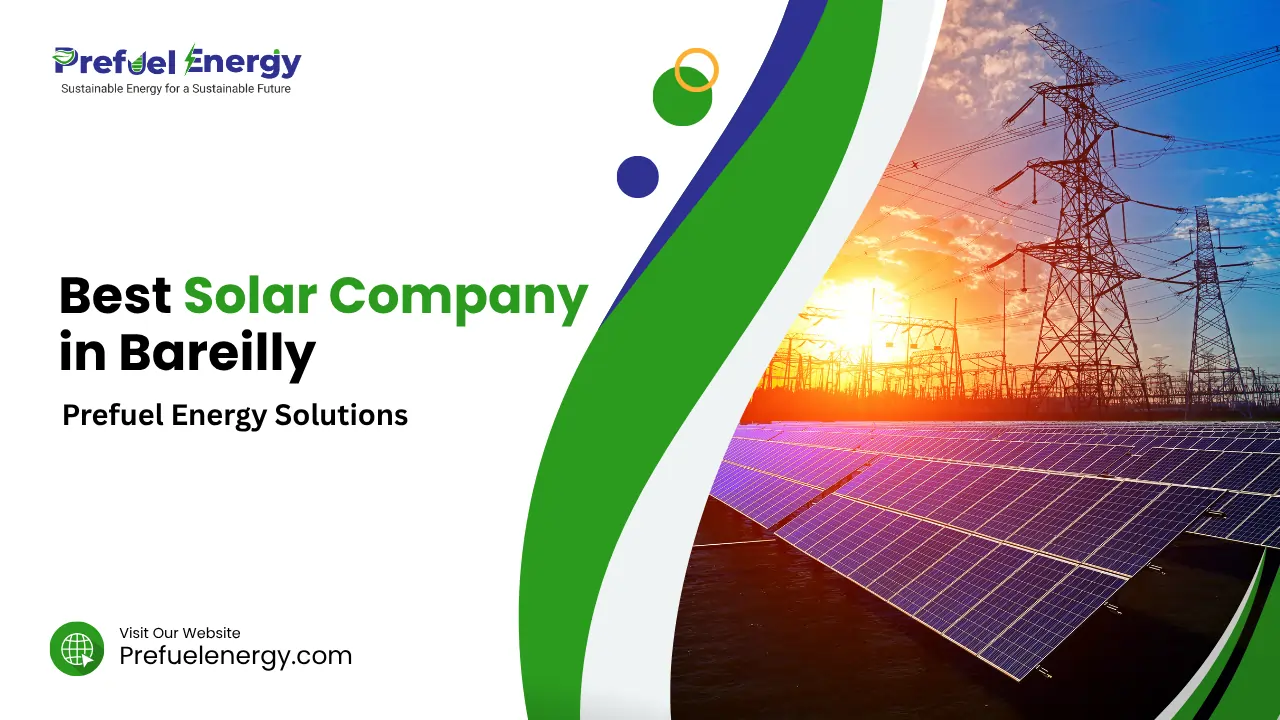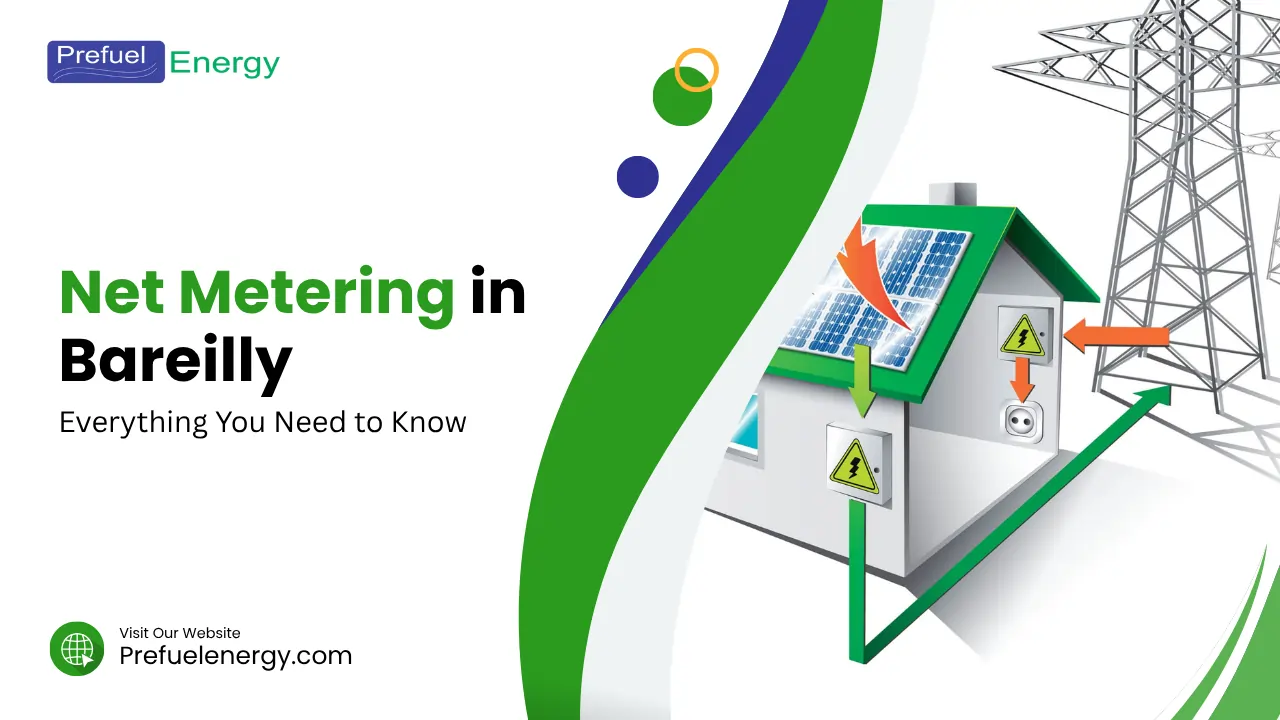Powering India's Energy Independence Since 2015
Powering the Future with Smart EV Charging
Transform your location with Prefuel Energy's cutting-edge EV charging stations and solar-powered solutions. Join the green revolution and provide fast, reliable charging for electric vehicles.
500+
Stations Installed
24/7
Support Available
99.9%
Uptime Guaranteed
Brands We Work With





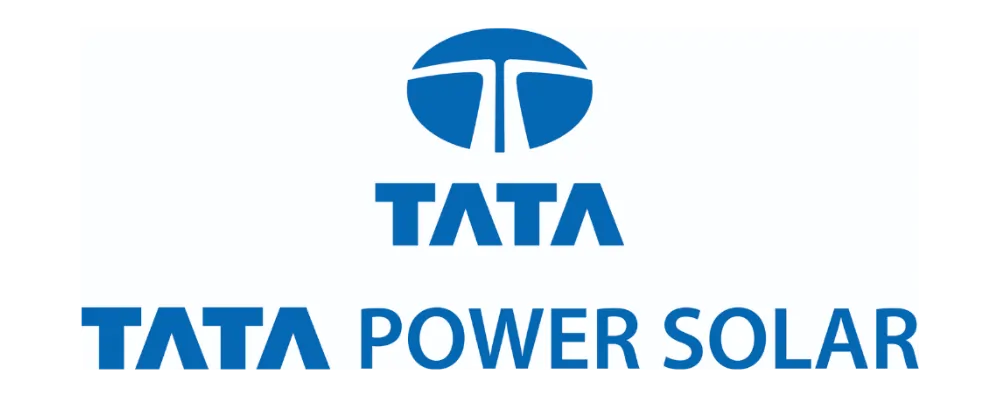
Comprehensive EV Charging Solutions
From fast DC charging to solar-powered stations, we provide end-to-end solutions that meet every charging need with cutting-edge technology and reliable support.
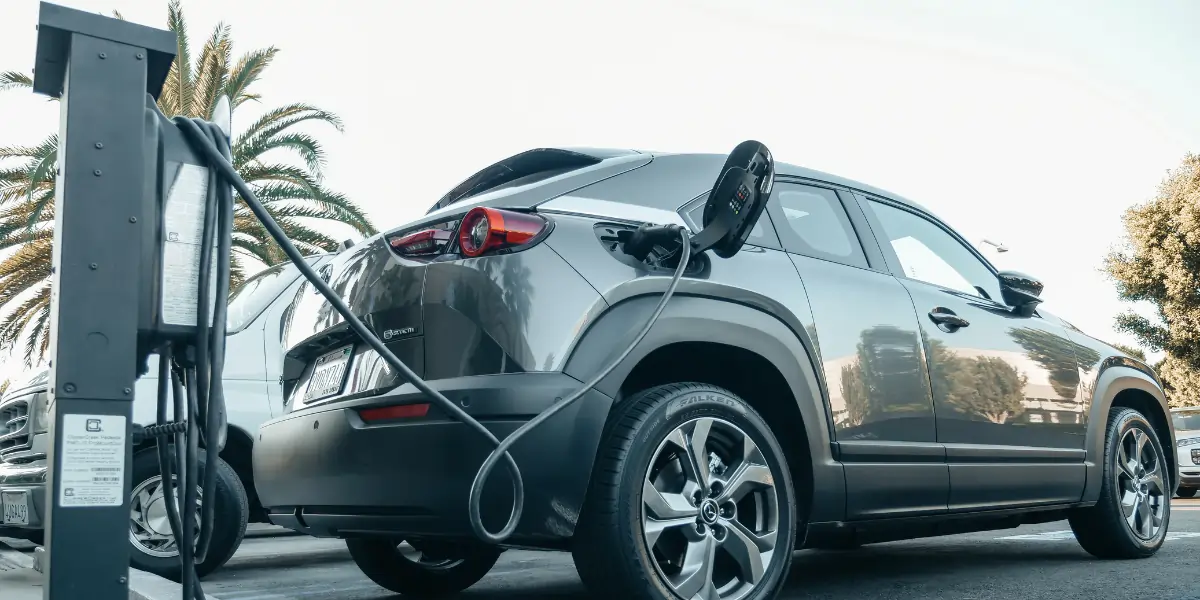
Fast DC Charging
High-speed DC charging stations delivering up to 350kW power for rapid vehicle charging
- CCS & CHAdeMO compatible
- Smart payment systems
- Real-time monitoring

AC Charging Solutions
Reliable AC charging stations perfect for residential and commercial installations
- Type 2 connectors
- Load balancing
- Mobile app integration
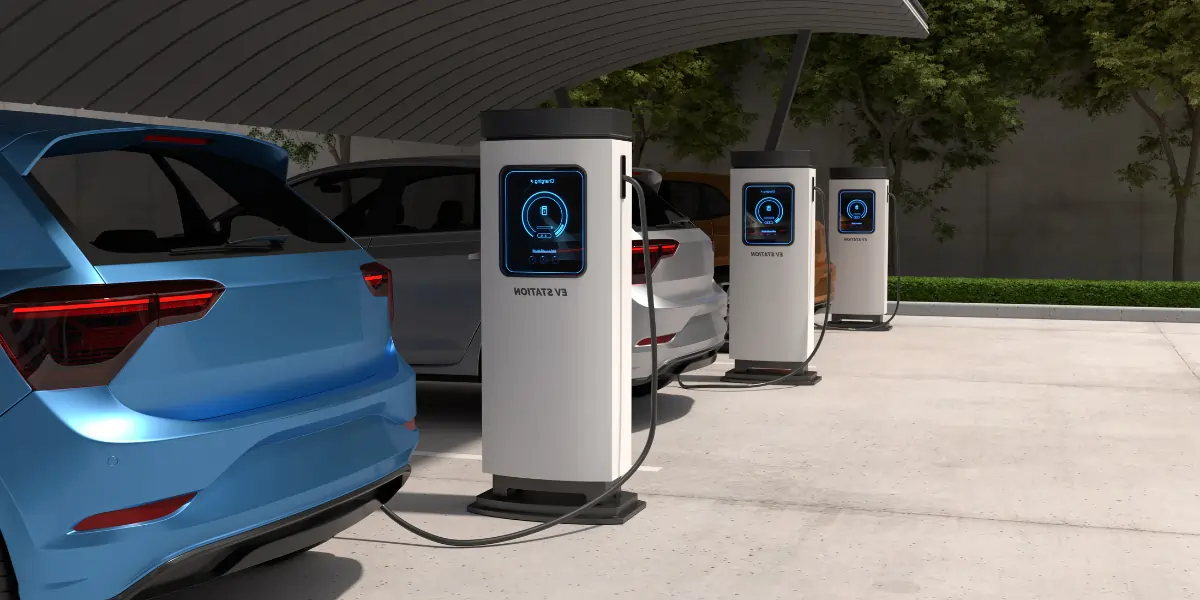
Solar Charging Zones
Sustainable charging powered by solar energy with battery storage systems
- 100% renewable energy
- Grid independence
- Energy storage backup
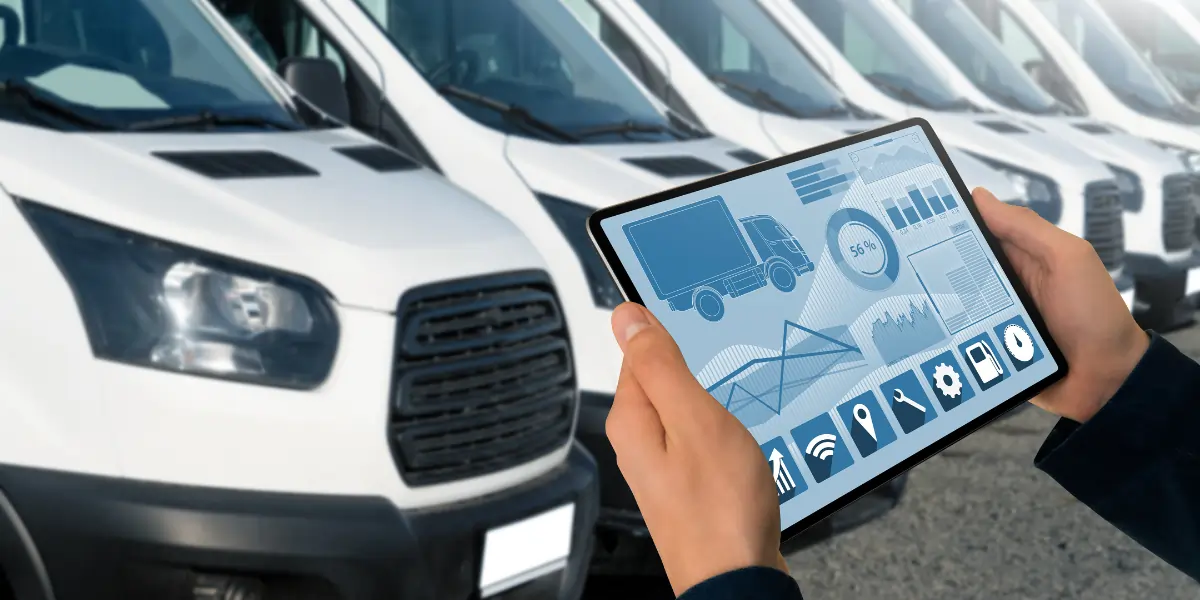
Fleet Management
Comprehensive charging solutions for commercial fleets and logistics companies
- Centralized management
- Usage analytics
- Scheduled charging

Smart Grid Integration
Advanced grid management and load balancing for optimal energy distribution
- Peak shaving
- Demand response
- Grid stabilization
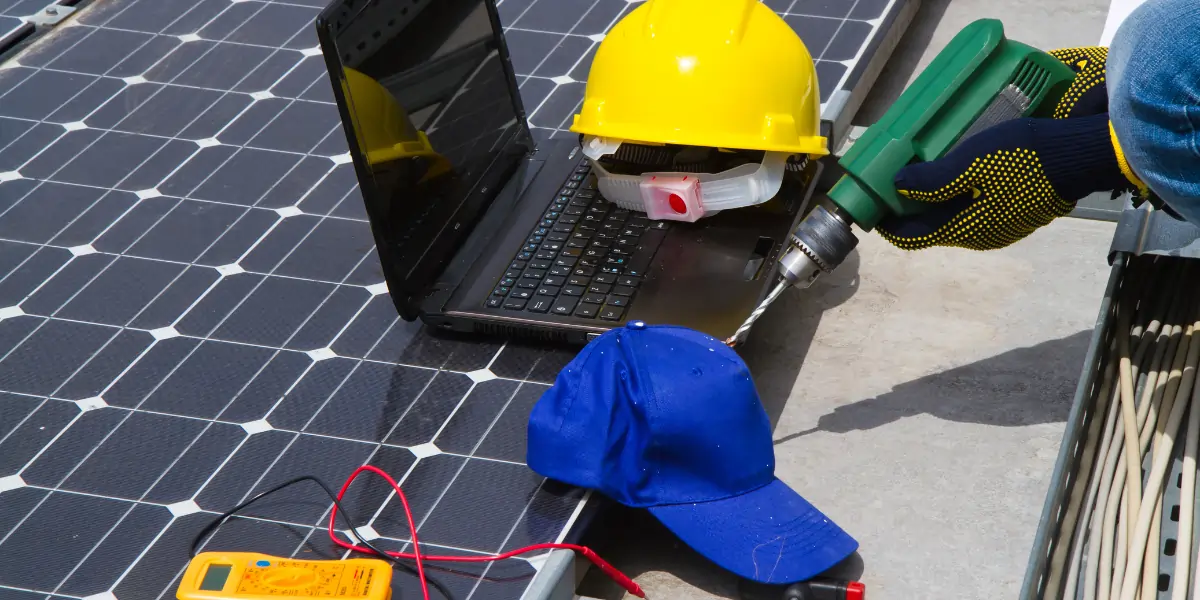
Maintenance & Support
24/7 technical support and preventive maintenance for all charging infrastructure
- Remote diagnostics
- Predictive maintenance
- Emergency response
Why Choose Prefuel Energy?
We combine innovative technology with sustainable practices to deliver the most advanced and reliable EV charging solutions in the market.

Smart Technology
AI-powered charging management with predictive analytics and automated optimization
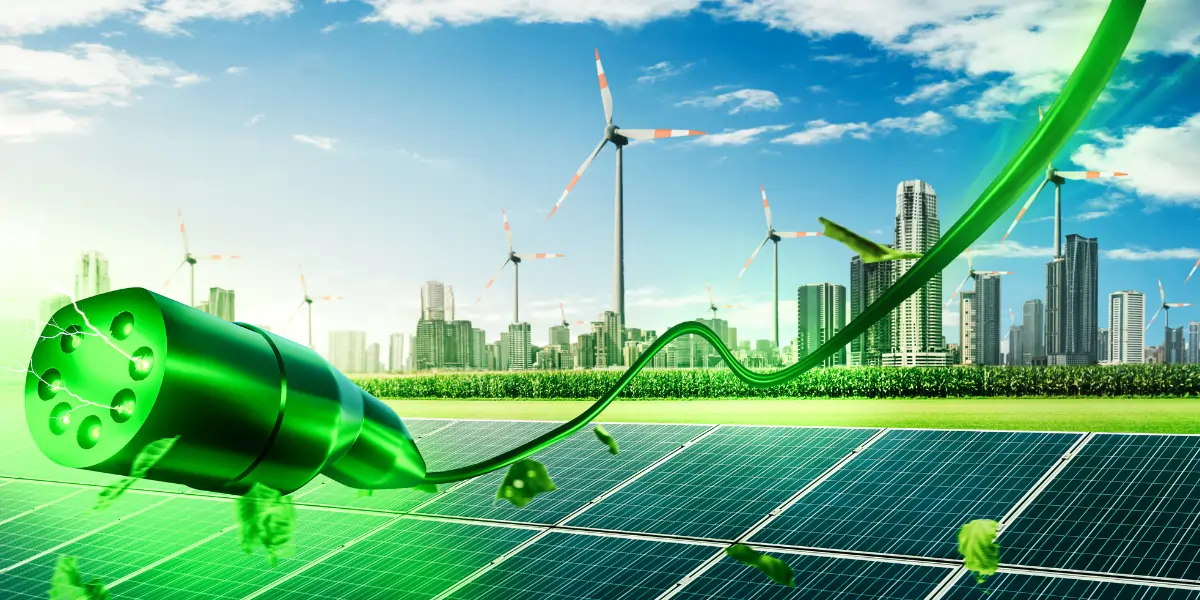
Renewable Energy
Solar-integrated charging stations reducing carbon footprint and energy costs
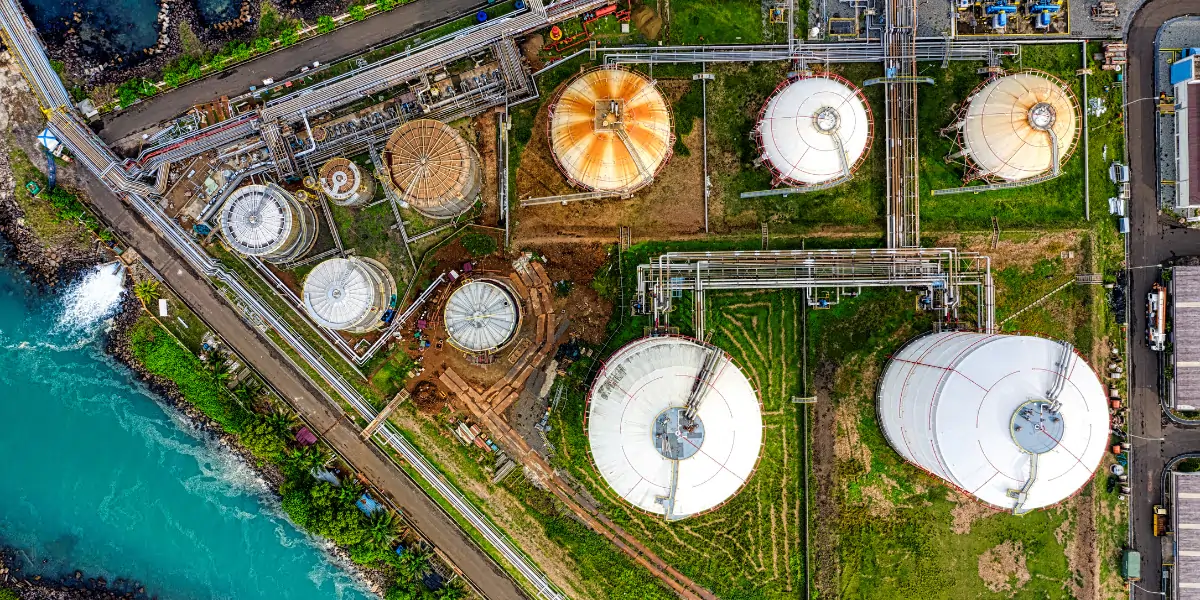
Scalable Infrastructure
Modular design allowing easy expansion from single stations to large networks
Secure Payments
Multiple payment options with enterprise-grade security
Real-time Analytics
Comprehensive insights and usage statistics
Eco-Friendly
Carbon-neutral charging with renewable energy
Fast Charging
Ultra-fast charging speeds up to 350kW
Powering India's EV Revolution
Join thousands of satisfied customers who trust Prefuel Energy for their charging needs
1000+
Charging Sessions Daily
50+
Cities Covered
98%
Customer Satisfaction
24/7
Technical Support
500+
Partner Locations
99.9%
Network Uptime
Ready to Join the Electric Future?
Partner with us to install EV charging infrastructure at your location and be part of the sustainable transportation revolution.
Our Journey
Building a sustainable future for India, one milestone at a time
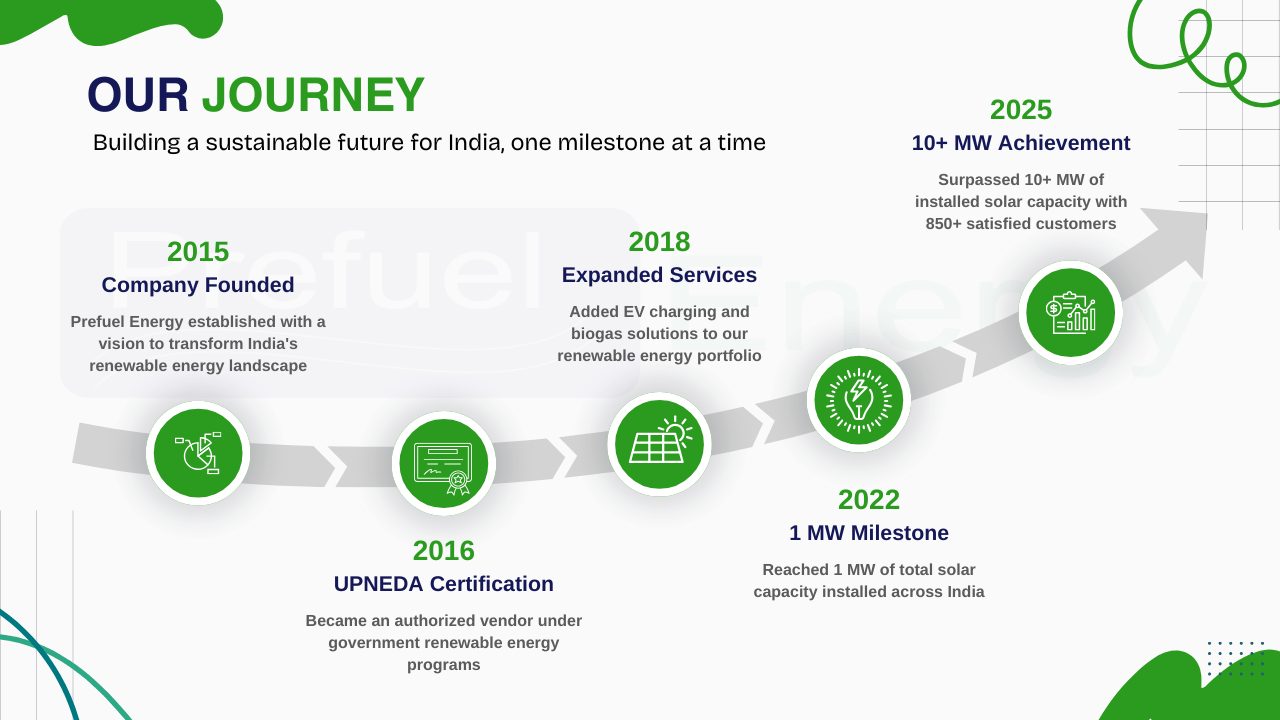
Your Trusted Partner in Renewable Energy
At Prefuel Energy, we’re committed to providing sustainable energy solutions that power your future while protecting our planet. Our team of experts works closely with you to design custom solutions that meet your specific needs and budget.
-
100%
Client Satisfaction -
10+
Years Experience -
24/7
Support
Government Approved
Authorized vendor under PM Suryoday Yojana and UPNEDA
We Help You to Grow Your Business
Hear from businesses and homeowners who’ve experienced the Prefuel difference



Latest Insights
Stay updated with the latest trends and information in renewable energy
Best Solar Company in Bareilly for Home & Business
Bareilly me solar demand har saal badh rahi hai. Log high electricity bills se pareshaan ho chuke hain.Isliye har koi...
Best Solar Company in Bareilly: Prefuel Energy Solutions
Bareilly mein solar energy ki demand teez gati se badh rahi hai, aur iske saath-saath best solar company in Bareilly ki talash...
Net Metering in Bareilly: Everything You Need to Know
Aapne kabhi socha hai ki aapke rooftop solar panels sirf bijli banakar nahi, balki monthly bill me bachat bhi kar...
Powering India's Energy Independence Since 2015
Powering India's Energy Independence with Smart, Scalable Renewable Solutions
From solar rooftops to biogas, from smart batteries to EV charging – we do it all
Get Your Free Energy Consultation
Fill the form below and our expert will get in touch with you
Get Started Today
Ready to install EV charging infrastructure? Contact our experts for a customized solution that meets your specific requirements and budget.
Get Your Free Energy Consultation
Fill the form below and our expert will get in touch with you
Get in Touch
Our team of EV charging experts is ready to help you design and implement the perfect charging solution for your needs. From site assessment to installation and ongoing maintenance, we're with you every step of the way.
Office Address
D-85 Sector 63 Noida Uttar Pradesh
Phone Numbers
+91-8006699666
Email Addresses
support@prefuelenergy.com
Business Hours
Mon - Fri: 9:00 AM - 6:00 PM
Sat: 10:00 AM - 4:00 PM



